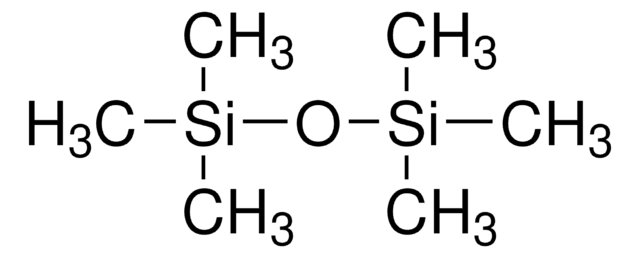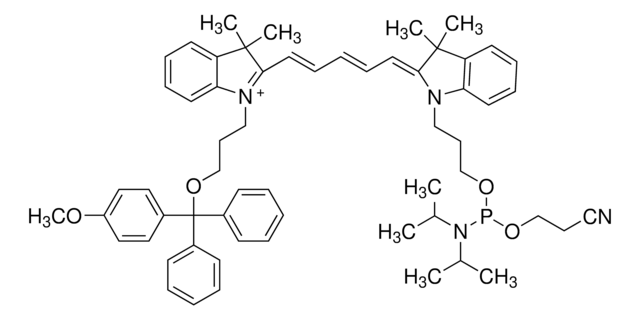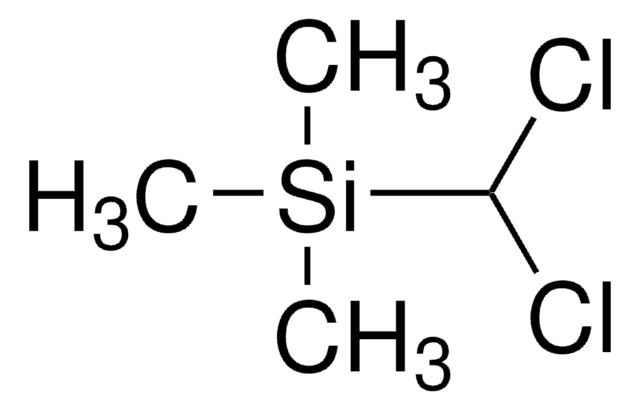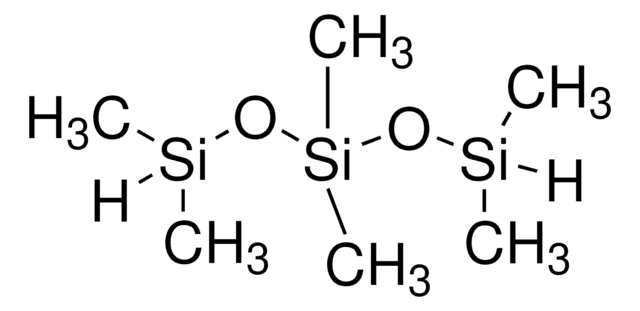About This Item
Recommended Products
Quality Level
assay
97%
refractive index
n20/D 1.423
bp
84 °C/50 mmHg
density
0.836 g/mL at 25 °C
SMILES string
CCO[Si](C)(C)[Si](C)(C)OCC
InChI
1S/C8H22O2Si2/c1-7-9-11(3,4)12(5,6)10-8-2/h7-8H2,1-6H3
InChI key
GWIVSKPSMYHUAK-UHFFFAOYSA-N
Application
Choose from one of the most recent versions:
Certificates of Analysis (COA)
Don't see the Right Version?
If you require a particular version, you can look up a specific certificate by the Lot or Batch number.
Already Own This Product?
Find documentation for the products that you have recently purchased in the Document Library.
Articles
Over the past several years, the Pd-catalyzed cross-coupling of silicon compounds (Hiyama coupling) has rapidly gained acceptance as a suitable alternative to more commonly used methods such as Stille (Sn), Kumada (Mg), Suzuki (B), and Negishi cross-couplings (Zn).
Over the past several years, Pd-catalyzed cross-coupling of silicon compounds has rapidly gained acceptance as a suitable alternative to more commonly known methods such as: Stille (Sn), Kumada (Mg), Suzuki (B), and Negishi (Zn) cross-couplings.
Our team of scientists has experience in all areas of research including Life Science, Material Science, Chemical Synthesis, Chromatography, Analytical and many others.
Contact Technical Service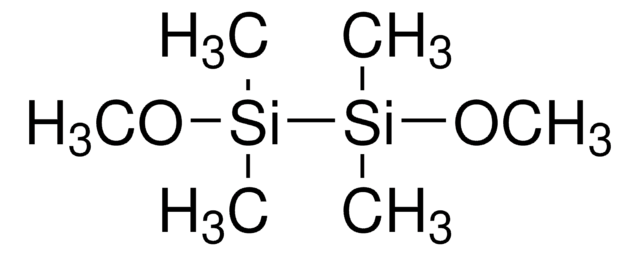
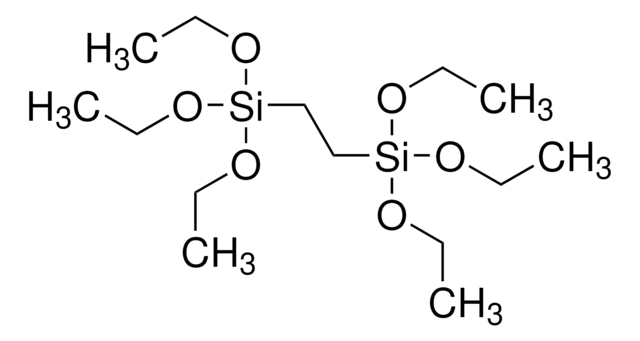
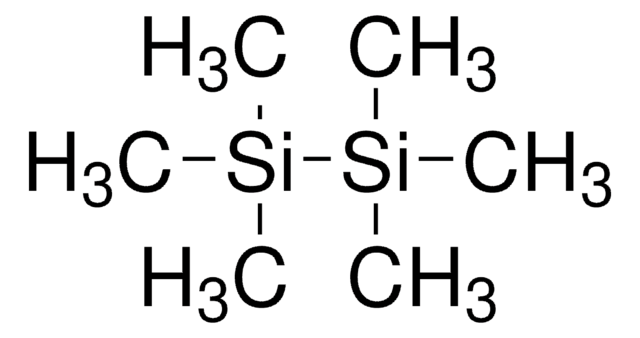
![Bis[3-(triethoxysilyl)propyl] tetrasulfide technical, ≥90% (NMR)](/deepweb/assets/sigmaaldrich/product/structures/242/790/625f5cba-32bd-4acf-a3be-e119e9cf844f/640/625f5cba-32bd-4acf-a3be-e119e9cf844f.png)
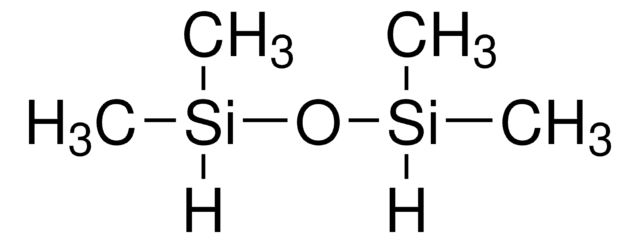
![2-((tert-Butyldimethylsilyloxy)methyl)furo[3,2-b]pyridine-6-carboxylic acid AldrichCPR](/deepweb/assets/sigmaaldrich/product/structures/278/049/61be1c73-96bf-4215-9591-1ce00573fab3/640/61be1c73-96bf-4215-9591-1ce00573fab3.png)
